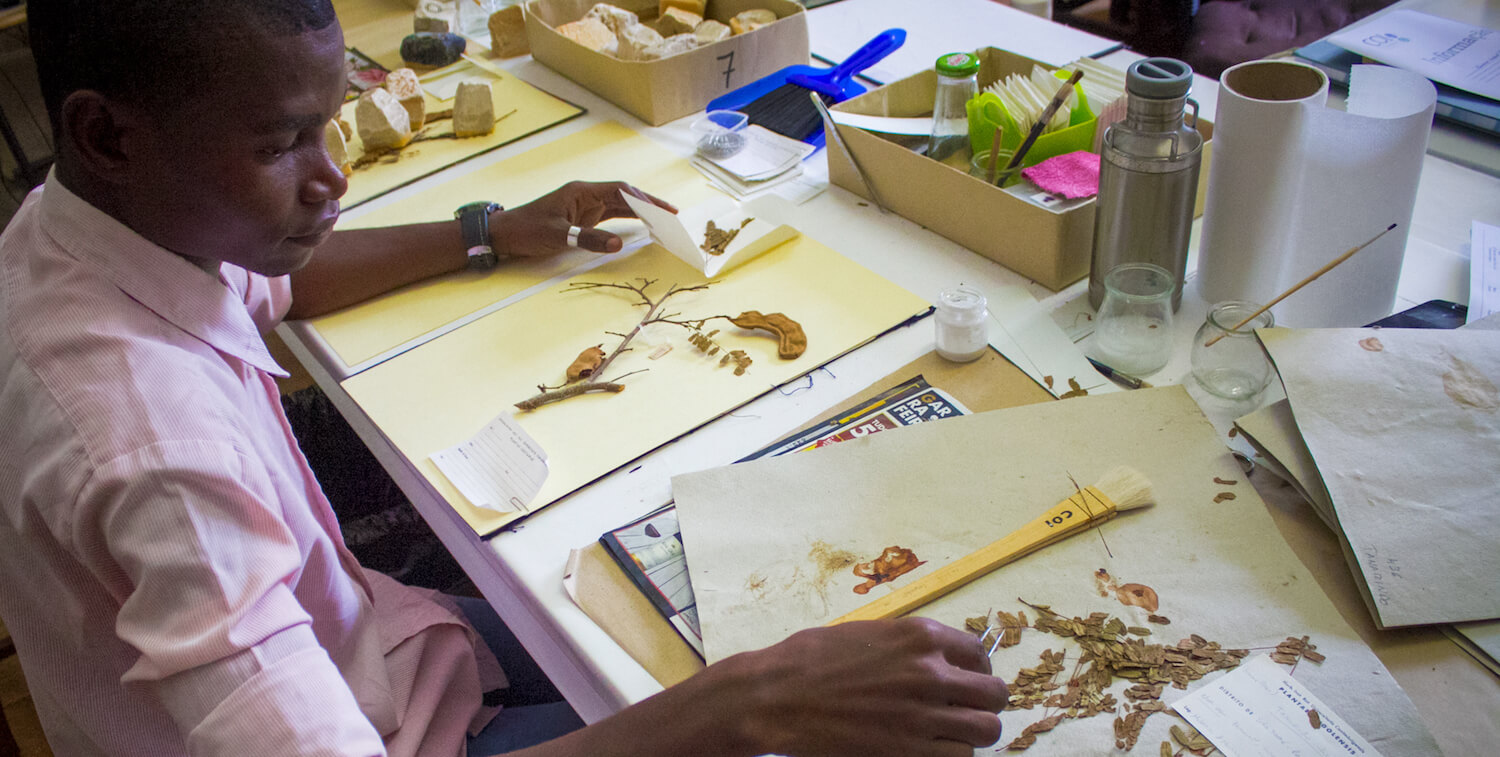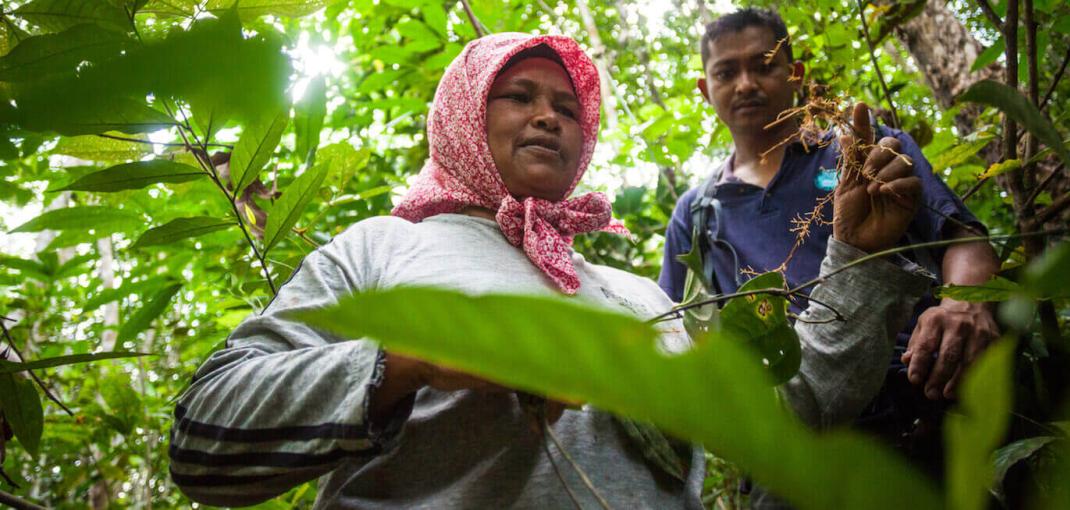Main menu
CEPF is a joint initiative of l’Agence Française de Développement, Conservation International, the European Union, Fondation Hans Wilsdorf, the Global Environment Facility, the Government of Japan and the World Bank.
Visitez le site français コア情報の日本語翻訳を読むOr use Google Translate to translate the English site to your language:
GTranslate
12 Tips for Getting Your Grant Idea Funded
Make your conservation project proposal stand out
By: Marsea Nelson, CEPF Senior Communications Manager
22 June 2016
22 June 2016
En español: 12 Consejos para recibir financiamiento para su idea de proyecto
In total, CEPF’s grant directors have reviewed some 5,000 letters of inquiry (LOIs). They recently reflected on what makes a proposal stand out, and what makes it miss the mark. Here’s their advice:
1. Read the ecosystem profile.
Reading the hotspot’s ecosystem profile — or, at a minimum, the chapter on investment strategy and program focus — will help you determine if your project is a good fit for CEPF before you put time and energy into writing an LOI.
“We have to focus on certain places and on certain types of activities so that we can have a measurable impact and not spread our funding too thinly,” said Managing Director Jack Tordoff. “Nearly 50 percent of the proposals I’ve reviewed were rejected simply because they didn’t fit the scope of the call.”
It’s also important to closely read through the call for proposals itself. Pay particular attention to the evaluation criteria. “The ability of a proposal to demonstrate how well it fulfills the evaluation criteria ultimately will determine whether it is approved or not,” Grant Director Michele Zador said.
2. Be specific.
Where are you going to work? What are you going to spend the grant money on? What will you achieve? What is the timeline? “Successful applicants set out the tangible results that they expect to see, and they explain what change that will make in the world and why that matters,” Tordoff said.
3. Consult other stakeholders.
For a project to be effective, grantees need buy-in from the other people involved, whether that’s the local authorities, the village where the project will take place or the national government. “Even when it’s the community itself [submitting the LOI] — like a women’s cooperative — even they sell the process short by not involving other stakeholders,” Grant Director Dan Rothberg said.
4. Start small.
If you’ve never worked with CEPF, develop a modest project idea that requires a smaller budget. From there, you can build a relationship with CEPF’s staff and the Regional Implementation Team.
“There are multiple calls for proposals, so don’t try to package all of your work and hopes and dreams into one huge project and apply on Day One,” said Tordoff. “Start with something achievable and, during that first project, we can work with you to better understand your organization and what you want to accomplish. We can help you make the next step.”
And while proposals for smaller projects are encouraged, the budget request needs to fit the the scale of the conservation results being pursued. “A proposal with a large budget that promises to deliver only modest conservation gains will have an uphill battle getting approved,” Zador said.
5. Pick a project you’re passionate about.
For Grant Director Pierre Carret, enthusiasm is more important that an LOI with perfect grammar and flawless logic. “When people are passionate, you feel it. That’s the strength of civil society.”
6. Be realistic.
“When people promise too much, it makes it seem as though they don’t understand how things actually work, and we can see through that pretty easily,” said Rothberg. “We want small, good ideas, and we like when people apply with those ideas because it makes us think that those people know their own capabilities.”
7. Solicit feedback.
Before you submit your LOI, have someone else look it over. “Talk with colleagues, share with friends, consult the inhabitants of the project location, exchange with local administration, connect with experts or researchers from universities,” said Carret. “A good proposal is not the proposal of one person!”
8. Consider your audience.
Even Zador, who has been a CEPF grant director for 14 years, can't know everything about each place and project. "Potential grantees should understand that the people reading these proposals do not know the particular circumstance of the particular project," she said.
Rothberg agreed. "Good applicants take things out of their terms and put them into our terms,” he said. Though he noted that it’s safe to assume grant directors already understand that the biodiversity hotspot is an important place to protect, so explaining that isn’t necessary.
9. Get to the point.
Grant directors and regional implementation teams aren’t looking for beautifully written prose; they’d rather you were succinct. “We have seen proposals that are 10 lines long and are good enough,” said Rothberg. “Give me a good idea, make it clear and tell me where it is. We are going to help you with everything else.”
10. Think beyond the grant.
CEPF aims to fund projects that will make substantial, long-term change. “We want to ensure that the results and impacts being sought from a project will be sustained after the CEPF funding ends,” Zador said.
11. Explain why you’re the one for the job.
A successful LOI describes why you are the most qualified organization to implement the project, whether that’s because you have expertise or live in the community. “People make the assumption that because they wrote the proposal they are the best one to do it,” said Rothberg. “That’s not a good assumption.”
12. Talk with us!
Some donors discourage applicants from contacting them for advice during the application process, but CEPF encourages applicants to reach out. “We can be consulted at any time to guide potential grantees and to discuss project ideas,” Grant Director Peggy Poncelet said.
The grant directors and regional implementation teams want to help you submit a successful LOI, even if you’re brand new to grant writing.
“We have a lot of experience working with organizations like yours, so take advantage of that experience,” Tordoff said. “We’re here to help.”
To talk with us, you can:
- Reach out to the contact listed in a specific call for proposals.
- Contact the regional implementation team listed on the CEPF website page for the region of CEPF investment that you are interest in.
- Send a message to cepf@cepf.net for feedback or more information.
Ready to apply for a grant? View the list of current calls for proposals here. For more information on CEPF activities in your area, and to find ecosystem profiles, visit the Biodiversity Hotspots section of the website and click on the hotspot you are interested in.






